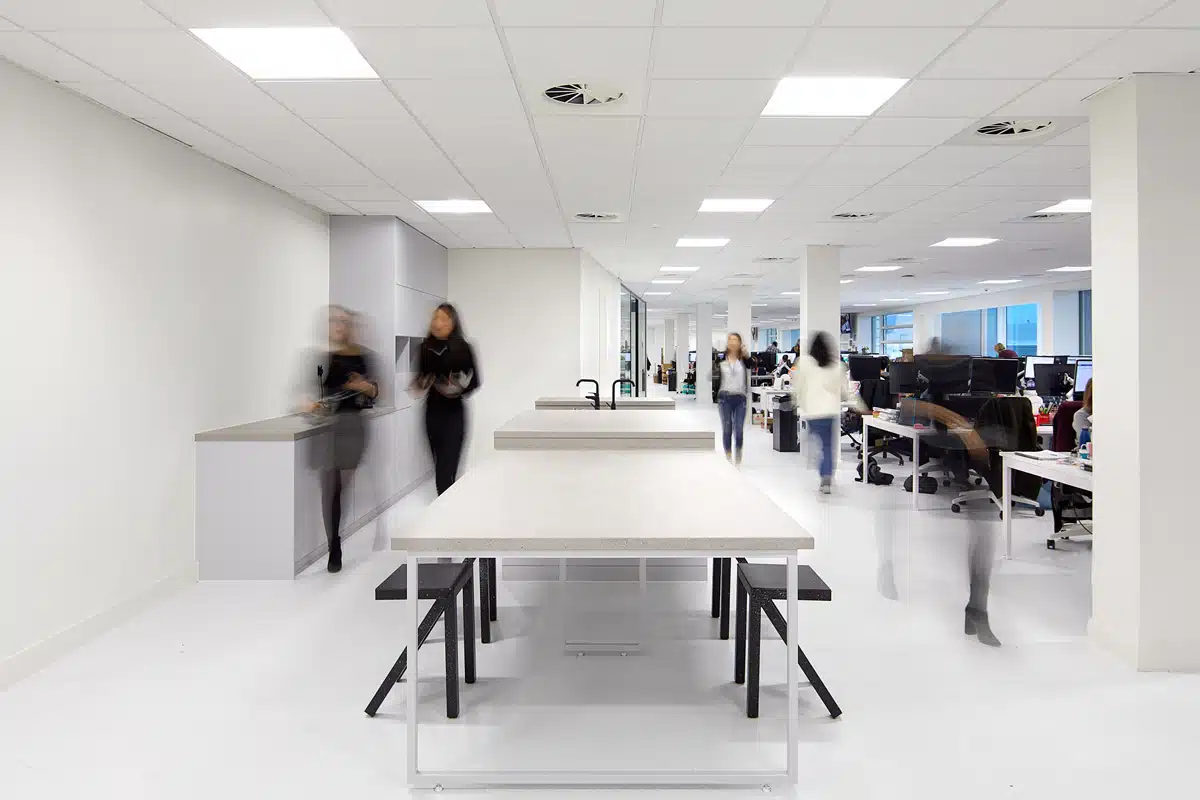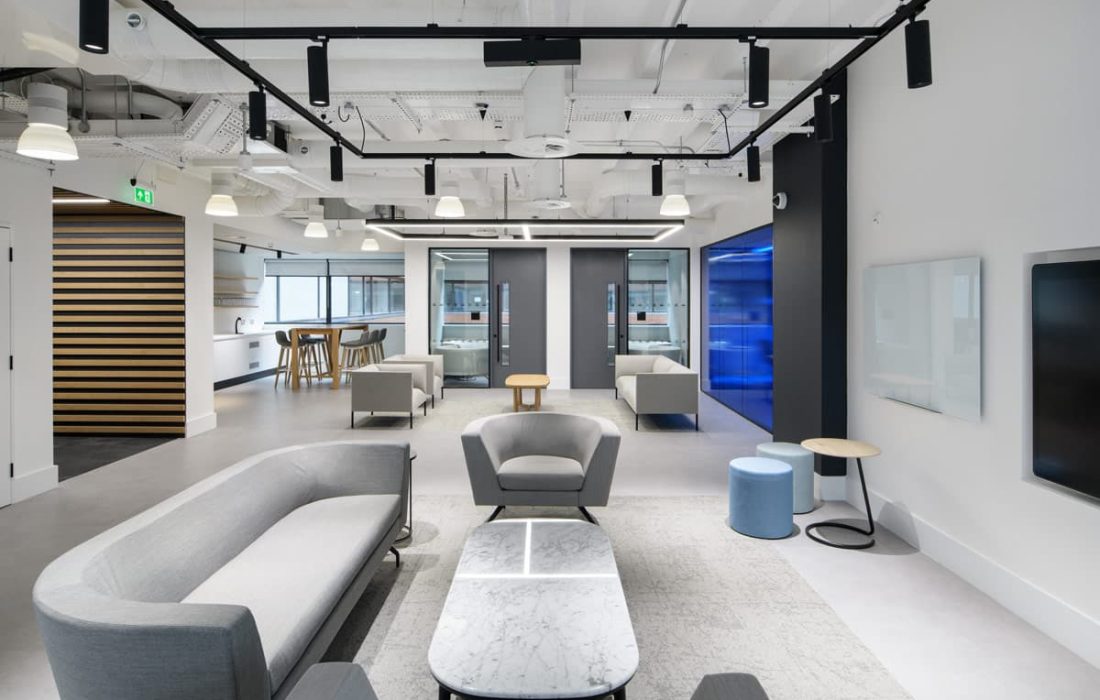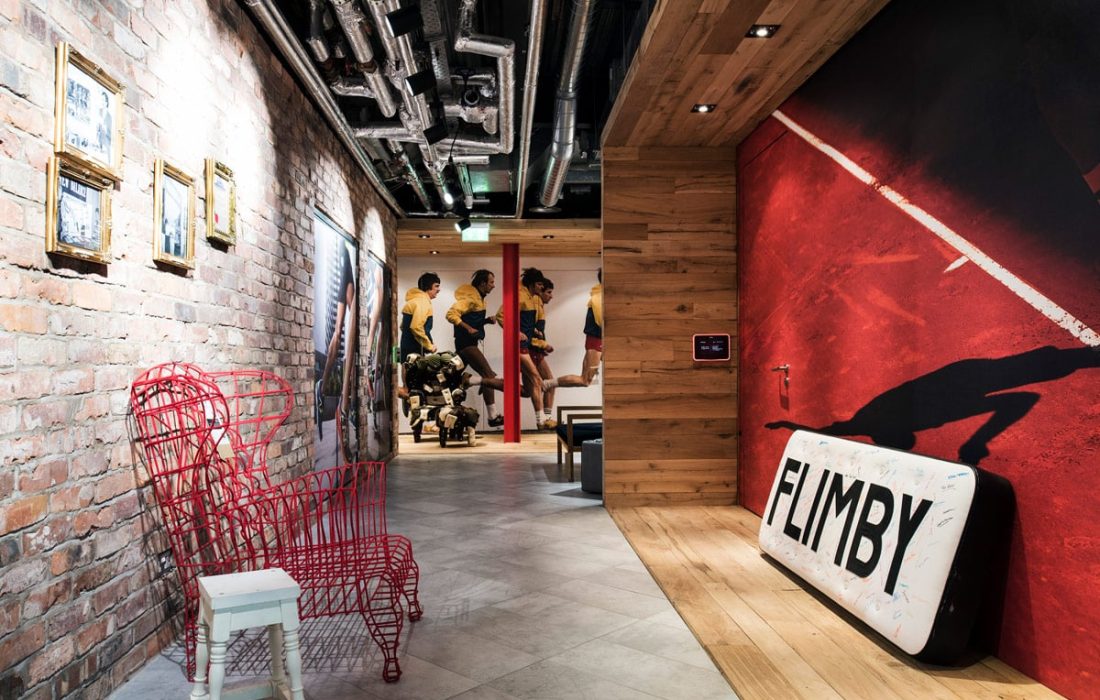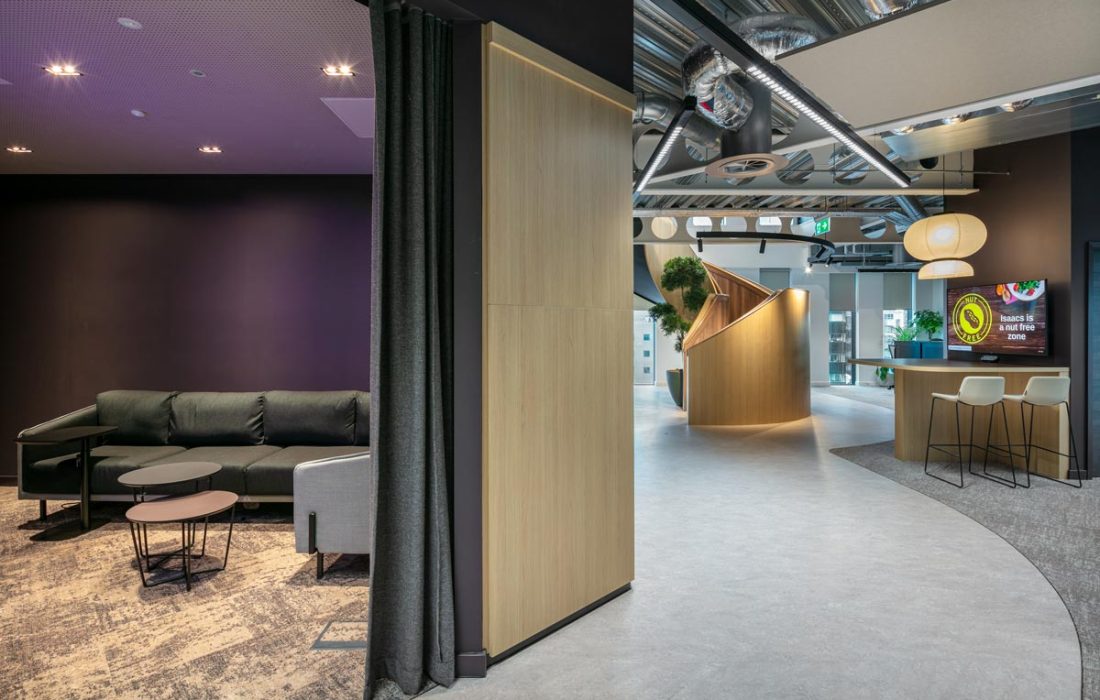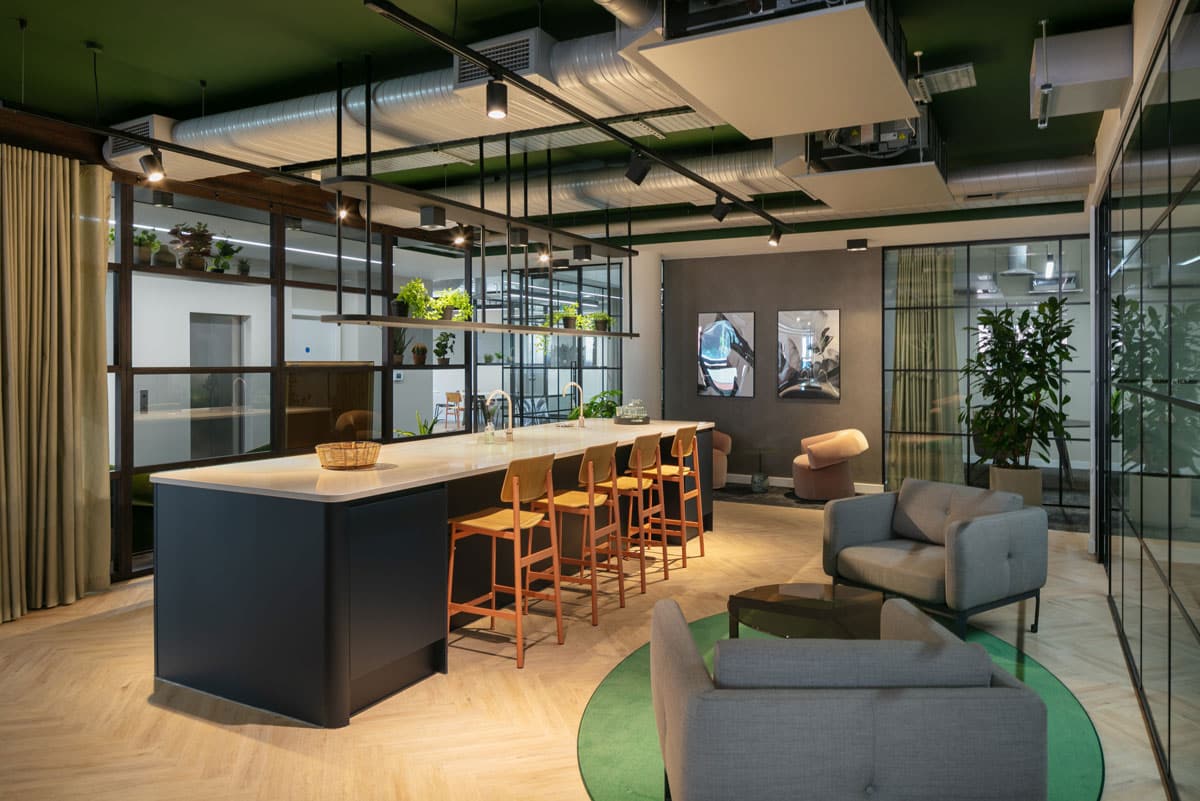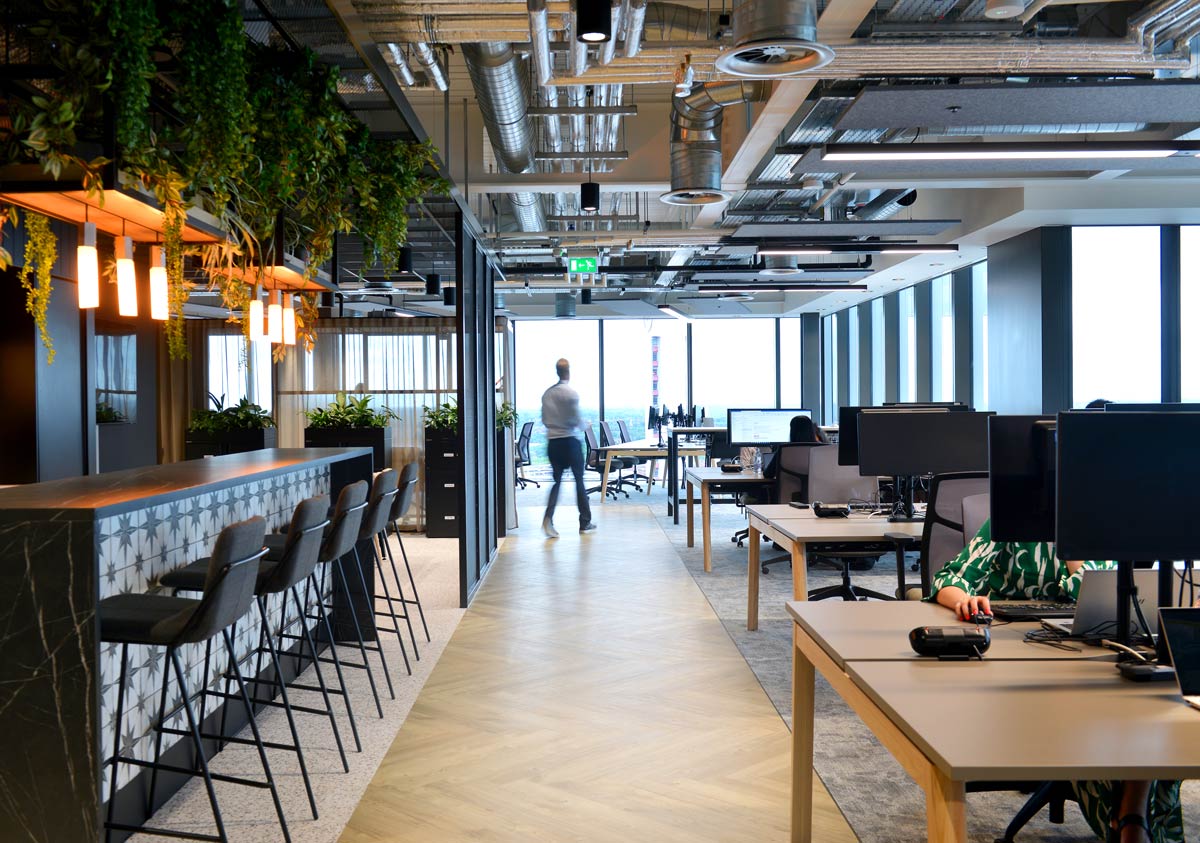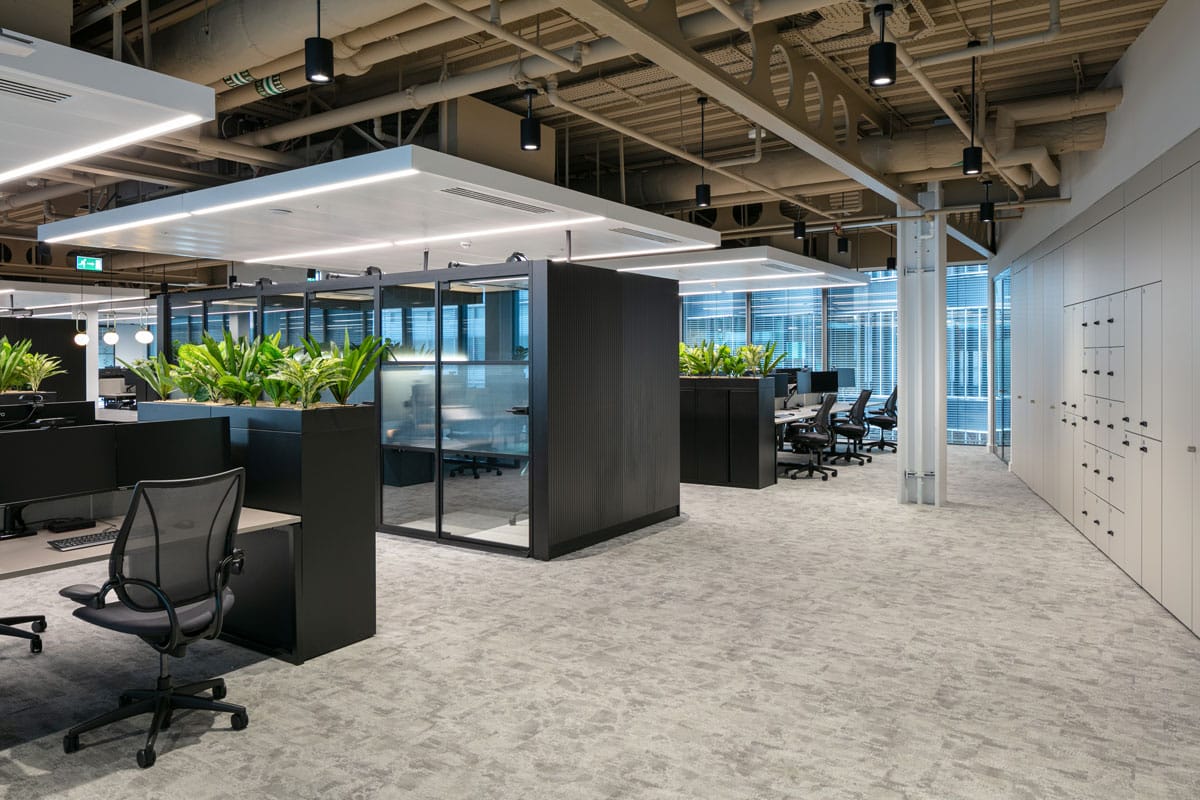Why Change Management Matters in Relocation
When organisations relocate, the physical move is only part of the picture. Staff routines are disrupted. Familiar environments vanish. Expectations shift. Effective change management helps employees feel supported, informed, and engaged throughout the process. It transforms relocation from a disruptive event into a positive milestone.
Done well, change management helps reduce resistance, maintain productivity, and protect morale. More importantly, it ensures the investment in a new space delivers value—not just in layout and design, but in how people feel and perform in it.
Key Principles of Change Management During Moves
1. Open and Ongoing Communication
Communication should start early and continue well beyond the move date. A clear narrative explaining why the move is happening, what the benefits are, and what to expect can ease anxiety and reduce resistance.
Be transparent about timelines, potential challenges, and the support available. This could include regular email updates, visual progress boards, Q&A sessions, or internal newsletters. Designating “move champions” from different departments can also help share messages and encourage feedback.
Crucially, make communication two-way. Create opportunities for employees to ask questions, raise concerns, and feel heard.
2. Active Employee Engagement
Staff are more likely to embrace change if they feel included in the process. Involving them early—whether through surveys, workshops, or design consultations—builds a sense of ownership and reduces uncertainty.
This also helps uncover valuable insights. For example, employees can highlight workflow challenges in the current space, or suggest features that would improve collaboration, wellbeing, or efficiency in the new environment.
Some businesses appoint a cross-functional working group to shape the vision and advise on needs across teams. This approach ensures the new space is not only practical but people-focused.
3. Shaping the Right Environment
Change management isn’t just about behaviour and communication—it’s about design. The environment plays a huge role in how staff experience a new workplace.
Spaces should reflect the company’s culture, support preferred ways of working, and offer flexibility. If the organisation is moving to a hybrid model, this might mean a mix of collaborative zones, quiet areas, and touchdown desks.
Attention should also be paid to comfort factors—lighting, acoustics, air quality, and layout. A thoughtfully designed space shows staff they are valued, easing the transition and reinforcing the benefits of the move.
Training, Support, and Transition Planning
Supporting staff through change may also include practical measures such as training on new technology, orientations in the new office, or revised policies around flexible working. Ensuring line managers are prepared to guide their teams is equally important.
Consider developing a formal transition plan, with resources such as FAQs, welcome packs, and site walkthroughs. These small touches can help employees feel more settled from day one.
Measuring Success
Once the move is complete, it’s vital to review the impact. Surveys, focus groups, and usage data can help assess how well the space supports staff and whether change management objectives were met.
This not only helps resolve any issues quickly, but provides insights for future moves or workplace transformations.
Conclusion
Office relocations can be a springboard for cultural and operational growth—but only when supported by clear, structured change management. By prioritising communication, engagement, and environment, organisations can ensure a smoother transition and foster a more connected, motivated workforce.
At ADT Workplace, we support clients at every step of their office transformation—from design and fit-out to strategy and employee experience. If you’re planning a relocation, speak to our team today about how to bring your people with you on the journey.

